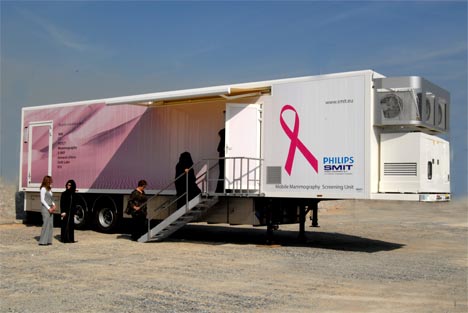 On Behalf of 
Business & Finance Club - Medicine - Dubai: Within the next several years, a combination of demographic trends is likely to cause a sharp increase in the demand for healthcare services in the Middle East.
An aging society and a 16% annual population growth due largely to an increase in the expatriate population is expected to double the need for hospital beds by 2025 according a report, Gulf Cooperation Council Health Care: Challenges and Opportunities.
Yet, as the demand for healthcare is growing for the region as a whole, many female patients are still not seeking the care they need. According to a study from the Population Reference Bureau, when Muslim women reach reproductive age, institutional and cultural inequities can limit or block their access to health services.
An article from the World Health Net indicates that in some Middle Eastern Muslim countries, large numbers of women refrain from seeking medical attention for fear of being divorced, generating family stigma, or because of religious or cultural restrictions on being treated by a male doctor. This trend is particularly alarming for breast cancer, a disease that is still considered taboo in many Arab countries. Breast cancer is the number one killer of women in the United Arab Emirates and Saudi Arabia.
The cultural stigma around disease often keeps women from seeking medical attention when symptoms appear, delaying diagnosis and thus, treatment. According to a 2007 MSNBC article, 70 percent of breast cancer cases in Saudi Arabia are not reported until they are at a very late stage, compared with 30 percent or less in the U.S.
Fortunately, the imperative of screening for early diagnosis is starting to spread across the Middle East as women start to push for more openness about the illness. Additionally, healthcare providers are beginning to offer women more options and access to care.
|